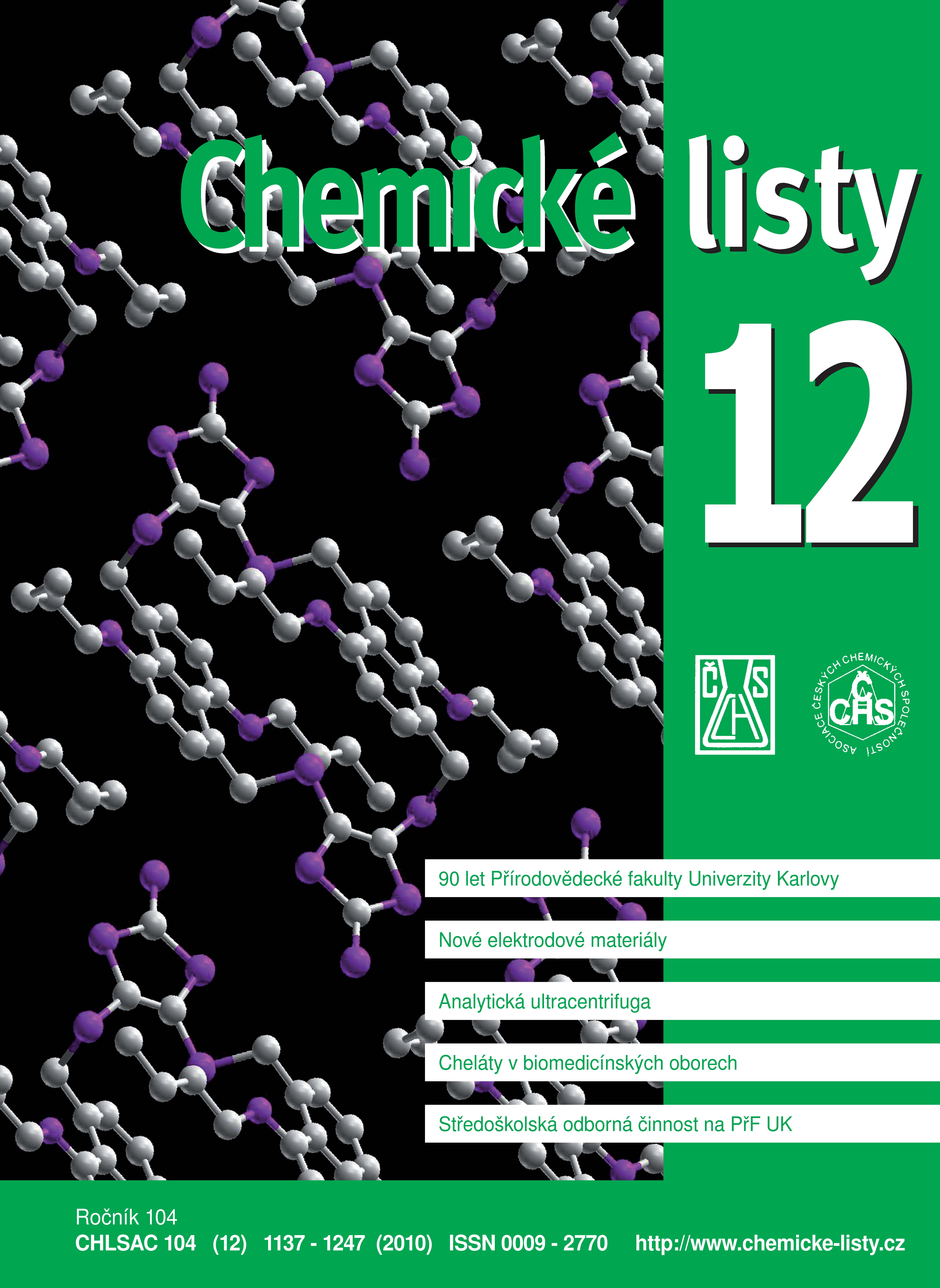Enzymes of the Hatch-Slack Cycle in C3 Plants
Abstrakt
Phosphoenolpyruvate carboxylase (PEPC, EC 4.1.1.31), NADP-dependent malic enzyme (NADP-ME, EC 1.1.1.40) and pyruvate phosphate dikinase (PPDK, EC 2.7.9.1) are the enzymes that participate in reactions of the Hatch-Slack cycle in C4 plants. The isoforms of these enzymes, which do not participate in photosynthesis, are present in all plants including the C3 plants. This review is focused on the occurrence, gene families, regulation and possible functions of the above mentioned enzymes. PEPC is inhibited by L-malate, activated by D-glucose 6-phosphate and regulated by phosphorylation catalysed with specific PEPC kinase. Phosphorylated PEPC is characterized by a higher reaction rate, higher sensitivity to activation and lower sensitivity to inhibition. Similarly, PPDK is regulated by a specific PPDK regulatory protein, a most unusual bifunctional protein kinase/protein phosphatase. The function of PEPC in C3 plants is replenishment of the citric acid cycle with intermediates, thus providing carbon skeletons for amino acid synthesis. PEPC in cooperation with malate dehydrogenase and NADP-ME produces NADPH for biosynthesis of fatty acids and specific defence compounds such as phytoalexins. The enhanced activities of PEPC, NADP-ME and PPDK under stress of various types could be a sign of their involvement in plant response to stress.Stahování
Publikováno
15.01.2011
Jak citovat
Ryšlavá, H., & Doubnerová, V. (2011). Enzymes of the Hatch-Slack Cycle in C3 Plants. Chemické Listy, 104(12). Získáno z http://www.chemicke-listy.cz/ojs3/index.php/chemicke-listy/article/view/1209
Číslo
Sekce
Články





